The Broken Hammer PGE-copper deposit was originally discovered by Wallbridge Mining Company Ltd geologists in the fall of 2003, using grass-roots exploration techniques. The original discovery was made by surface mapping and prospecting while geologists were following up on an IP anomaly. Peeling back moss the geologists came across disseminated chalcopyrite in fractured granite next to a zone of Sudbury breccia. This area is in the thermal aureole of the melt sheet formed by the Sudbury meteorite impact 1.85 billion years ago and that sort of environment is key for the sorts of deposits that Wallbridge is exploring for.
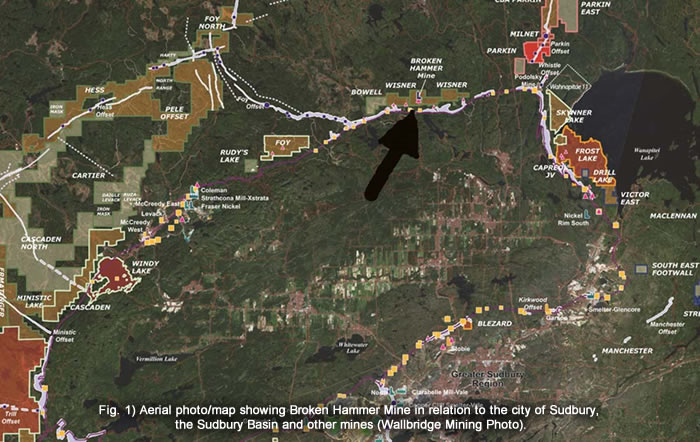
At that time, the geologists collected samples and cracked many boulders and rock fragments to determine the extent of the sulphide mineralization. Because of the frequency and magnitude of the rock cracking and the resultant broken hammer(s), the deposit was named the “Broken Hammer Deposit”. As the deposit was explored and uncovered, Wallbridge found veins and lenses of rich sulphide mineralization which outcropped on surface, and under shallow glacial debris cover, with very little oxidation.
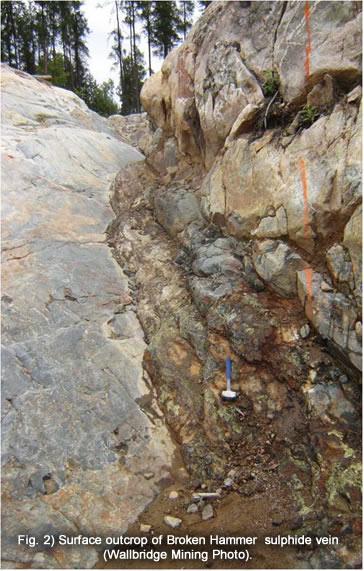
Besides the normal copper and nickel mineralization that is often found and mined in the Sudbury area, sampling indicated high platinum group metals (PGM) values. Sperrylite crystals were found in the slightly weathered outcrop, an unusual occurrence, for sure! The original sperrylite crystals were noticed and recovered on surface in 2004 in the “Big Boy Vein”.
After the initial surface discovery, diamond drilling revealed a small but rich body of mineralization that, indeed, featured high platinum group metals(TPM), copper, nickel, silver and gold (251,000 tonnes at a grade of 3.80 g TPM/t (1.56 g/t Pd, 1.62 g/t Pt, and 0.61 g/t Au), 1.00% copper, and 0.10% nickel.
A bulk sample was planned during the time period of 2007-8 but was postponed due to a low fluctuation in metal prices.
In 2011, Wallbridge Mining Ltd., undertook a 30,000t bulk sample that was milled and smelted in Sudbury. Results from the bulk sample confirmed the anticipated metallurgical results and confirmed the grade and continuity of the mineralization for mine planning. The best specimens of Sperrylite were discovered by Wallbridge Mining surveyor Tom Johnson, during the bulk sample operation.
Based on the diamond drilling samples and the bulk sample test results, the deposit was modeled, defining a body of mineralization that, when examined in a pre-feasibility study completed in 2012, proved to be a 195,000 tonne orebody, mineable by open pit mining methods.
Based on the positive pre-feasibility study findings, the Wallbridge board of directors made a decision to mine the Broken Hammer Deposit. In June 2014, the Broken Hammer Mine went into production and it was completed in October 2015. The ore was treated at a custom mill in Timmins, 370km away and concentrates were sent to two different smelters for metal recovery. Despite, declining metal prices, the project was executed profitably.
Geology
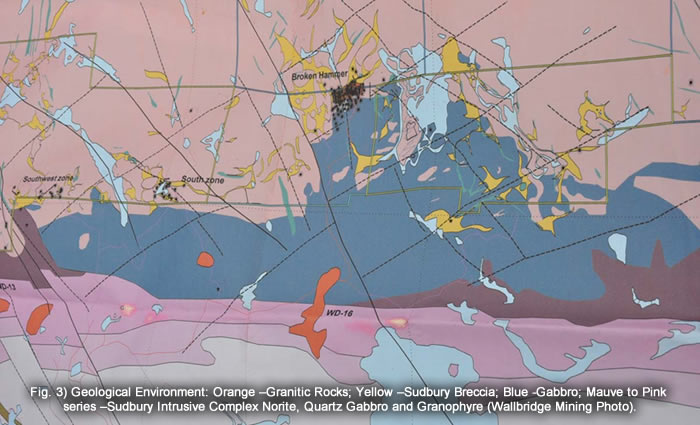
The Broken Hammer Deposit is hosted in Sudbury Breccia in gneissic quartz monzonite with meta-sedimentary, diabase and amphibolite mega-breccia clasts and xenoliths. Gabbro and pyroxenite outcrops in the western portion deposit area.
The mineralization consists of a zone of disseminated and stringer chalcopyrite, trace millerite with local lenses and veins of massive chalcopyrite, with minor coarse millerite. The mineralization is enriched in platinum, palladium and gold, and contains a number of different platinum and palladium minerals in sub-microscopic amounts including michenerite (Pd, Pt) BiTe, merenskyite (Pd,Pt)(Te,Bi)2, volynskite AgBiTe2, sperrylite PtAs2 and an unknown copper-palladium-bismuth sulphide mineral. The only minerals that are recoverable and of interest to collectors are the sperrylite, millerite and chalcopyrite.
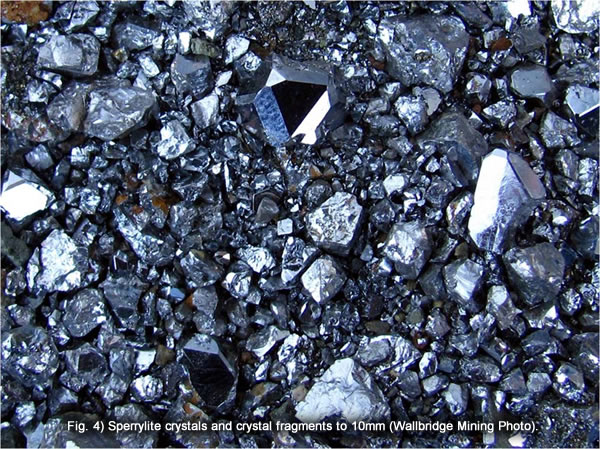
The sperrylite crystals that occur in the Broken Hammer Deposit can be well formed and range in size from micro to 15mm or so in size. They are similar to sperrylite crystals from other deposits in the Sudbury Basin, largely being bright, lustrous crystals showing combinations of the cube, octahedron and dodecahedron. Most sperrylite crystals at the Broken Hammer Deposit occur in massive chalcopyrite but some, interestingly, have been found embedded in quartz-epidote veins.
Chalcopyrite and millerite are the other two metallic minerals of interest in the deposit. Chalcopyrite occurs only in massive form and is often the matrix holding sperrylite crystals. Millerite occasionally occurs in coarse, lustrous cleavable masses in chalcopyrite.
The best Sperrylite crystals from the broken hammer deposit are now in the collection of the Royal Ontario Museum and other institutional and prominent collections of the world. To purchase a specimen from the Broken Hammer Deposit visit the “Minerals” Section of this website and Scroll down to the “Sperrylite” heading”.
The Broken Hammer Mine is an excellent example of how a small mineral deposit, when approached by the right company, with the right expertise, can be mined efficiently and profitably. We need more small mines like this! The mine is finished now and it is being rehabilitated to current standards.
Wallbridge Mining Company Limited is commended for its foresight in recognizing the rarity and unique nature of the sperrylite crystals found in the Broken Hammer Deposit, right from the beginning. Despite the pressures of production and financial deadlines, they went out of their way to recover specimens of these crystals and ensure that they are available to institutions and mineral collections around the world. The mineral specimens from the Broken Hammer Mine are a lasting legacy of this unique orebody and of Wallbridge Mining Company Ltd. For more information about Wallbridge Mining Company, visit their website at www.wallbridgemining.com.
Thanks, especially, to Alar Soever, Chairman of the board of Wallbridge Mining Company Ltd. and Marz Kord, President and CEO for their willingness to recover and preserve these unique specimens.
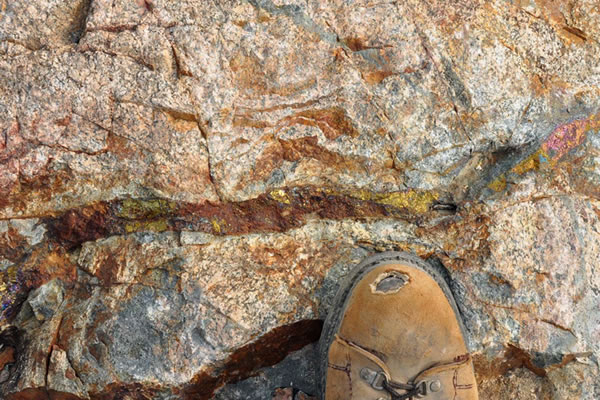
Fig. 5) Partially oxidized sulphide mineralization at surface in Breccia. (D.K. Joyce Photo)

Fig. 6) A lightly oxidized vein of, mostly, chalcopyrite on surface. (D.K. Joyce Photo)

Fig 7) Yours truly chiseling out some millerite and chalcopyrite. This was before the mine was started, just after the bulk sample. (Hiroyuki Ii Photo)
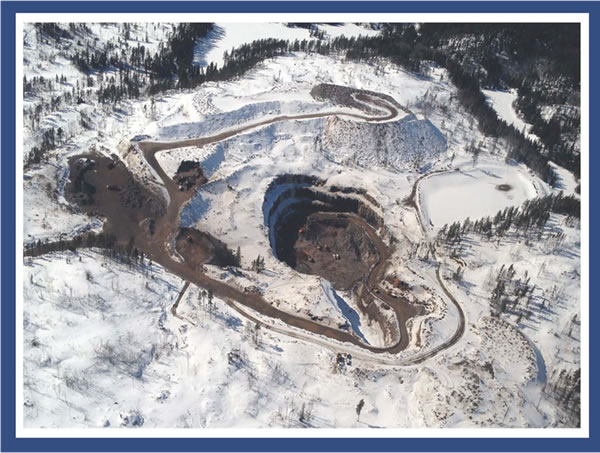
Fig 8) An aerial view of the Broken Hammer Mine partially excavated. (Wallbridge Mining photo)

Fig. 9) Excavator and truck operation. This is how the blasted ore and waste was moved out of the pit. (Wallbridge Mining photo)
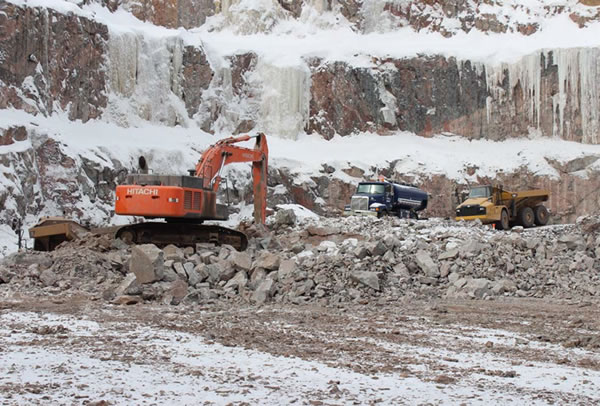
Fig 10.) The loading and hauling equipment at the Broken Hammer Mine. (Wallbridge Mining photo)

Fig. 11) Another load of ore emerging from the mine workings. (Wallbridge Mining photo)

Fig. 12) Searching through solid chalcopyrite for sperrylite crystals. (Wallbridge Mining photo)
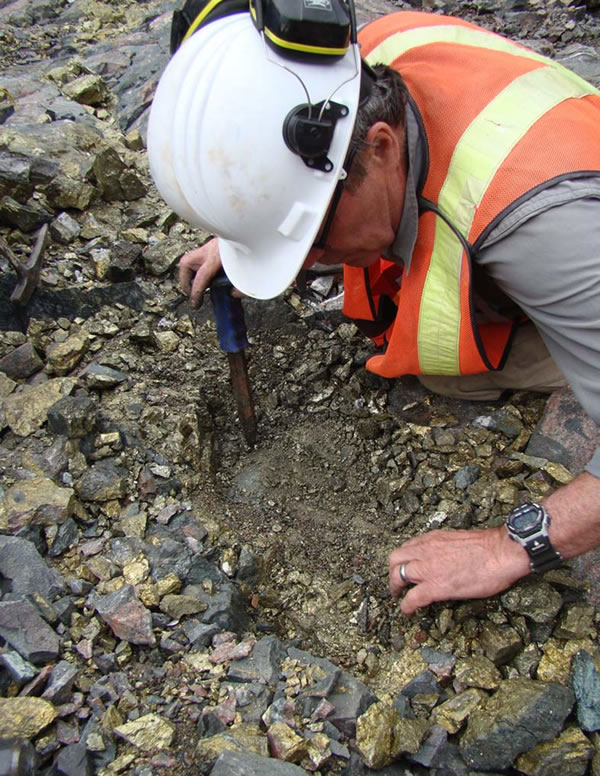
Fig. 13) See any sperrylite crystals? This is the type of matrix that they were often found in. (Wallbridge Mining photo)
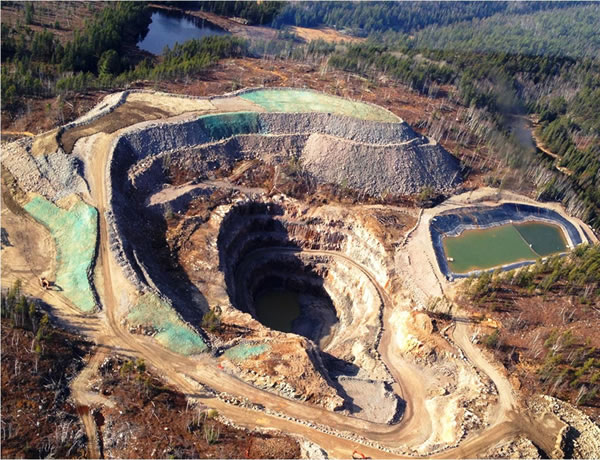
Fig. 14) Aerial photo of the completed Broken Hammer Mine, in the throes of being rehabilitated. (Wallbridge Mining photo

Fig. 15) Sperrylite crystal, 5mm across embedded in iridescent chalcopyrite. (Wallbridge Mining Specimen)
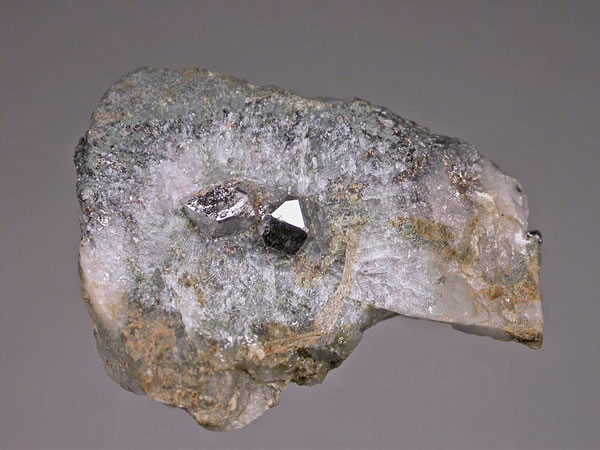
Fig. 16) Sperrylite crystals exposed in quartz and Epidote. Specimen is 3.5cm across.
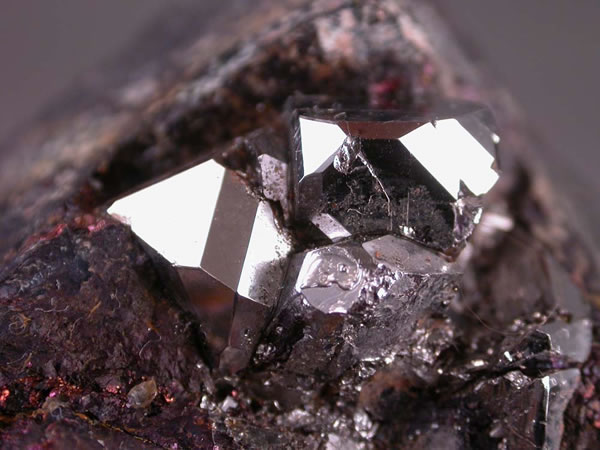
Fig. 17) A larger cluster of sperrylite crystals, 20mm across (Wallbridge Mining Specimen)